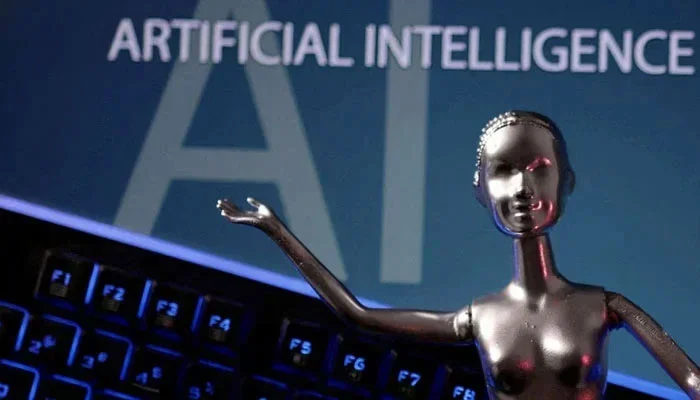For decades, artificial intelligence (AI) research has experienced periods of intense optimism followed by setbacks known as AI winters when progress stalls. However, this year is shaping up to be the summer of AI. In April, Meta released its open-source Llama 3 generative large language model. Recently, Google introduced its Project Astra and Gemini 1.5 generative AI (GenAI) models at the Google I/O developer conference. Anticipation is building for Apple’s Worldwide Developers Conference in June, where they are expected to unveil updates and new features for their operating systems and other products. While many tech companies are rapidly launching AI products, Apple has remained notably quiet, consistent with its strategy of being a late entrant in new technology trends.
The standout event of this season has been OpenAI’s launch of the GPT-4o GenAI model, which was unveiled ahead of Google I/O. The ‘o’ in GPT-4o stands for omni-modal, indicating its ability to process and generate text, images, and audio. During demonstrations, users interacted with it through speech, camera feeds, and on-screen activities.
One of the most impressive aspects of GPT-4o is its ability to communicate in various tones, such as excitement, patience, encouragement, and even singing. This makes interactions more engaging and natural. However, some critics have pointed out that GPT-4o can sound too flirtatious in its default mode.
A notable demo featured Sal Khan of Khan Academy and his son using GPT-4o to learn about right triangles. The model interacted with their screen annotations and activities, guiding them through the problem-solving process step-by-step, similar to a human tutor.
These demos are promising but limited, making it difficult to assess their overall impact on education. Nevertheless, education appears to be a key focus for developers, as evidenced by the educational applications showcased. The rapid advancements and the introduction of guardrails in these models have been surprising, indicating a swift evolution in GenAI capabilities.
From an educator’s perspective, the most significant advancement in this generation of models is their ability to guide learners through multi-step problems, encouraging active participation and understanding rather than simply providing answers.
Duolingo, the world’s largest language learning platform, plans to replace its person-to-person chat feature with GPT-4o, according to CEO Luis von Ahn. This change aims to alleviate social anxiety and fear of embarrassment that learners might feel when chatting with humans, making them more comfortable interacting with an AI chatbot.
However, not all educational service providers will benefit equally from these advancements. Chegg, which offers 24/7 homework help and has faced allegations of facilitating plagiarism, has seen a decline in its stock price since the pandemic peak. The rise of GenAI models offering personalized, round-the-clock tutoring could further contribute to this decline, as students may prefer interactive help over copying answers.
Access to GenAI models requires a smartphone, internet access, and possibly a subscription, creating a disparity among learners based on their resources. Additionally, while these models support multiple languages, English remains the primary language of development, leaving speakers of less-supported languages, like Urdu, at a disadvantage.
In Pakistan, economic constraints and language barriers could exacerbate the divide between those who can benefit from these technologies and those who cannot. It is crucial for policymakers, educators, and technology developers to address these disparities. Investments in internet infrastructure, digital literacy, and the development of AI tools in local languages are essential. Public-private partnerships can also play a significant role in ensuring equitable access to AI benefits.
The potential of AI in education is vast and transformative, but its promise must be inclusive. By bridging the digital divide, we can ensure that all students, regardless of their socio-economic background, have access to the educational advancements AI offers. This inclusive approach is vital to harness the full power of this technological revolution and create a brighter, more equitable future for all learners in Pakistan.




